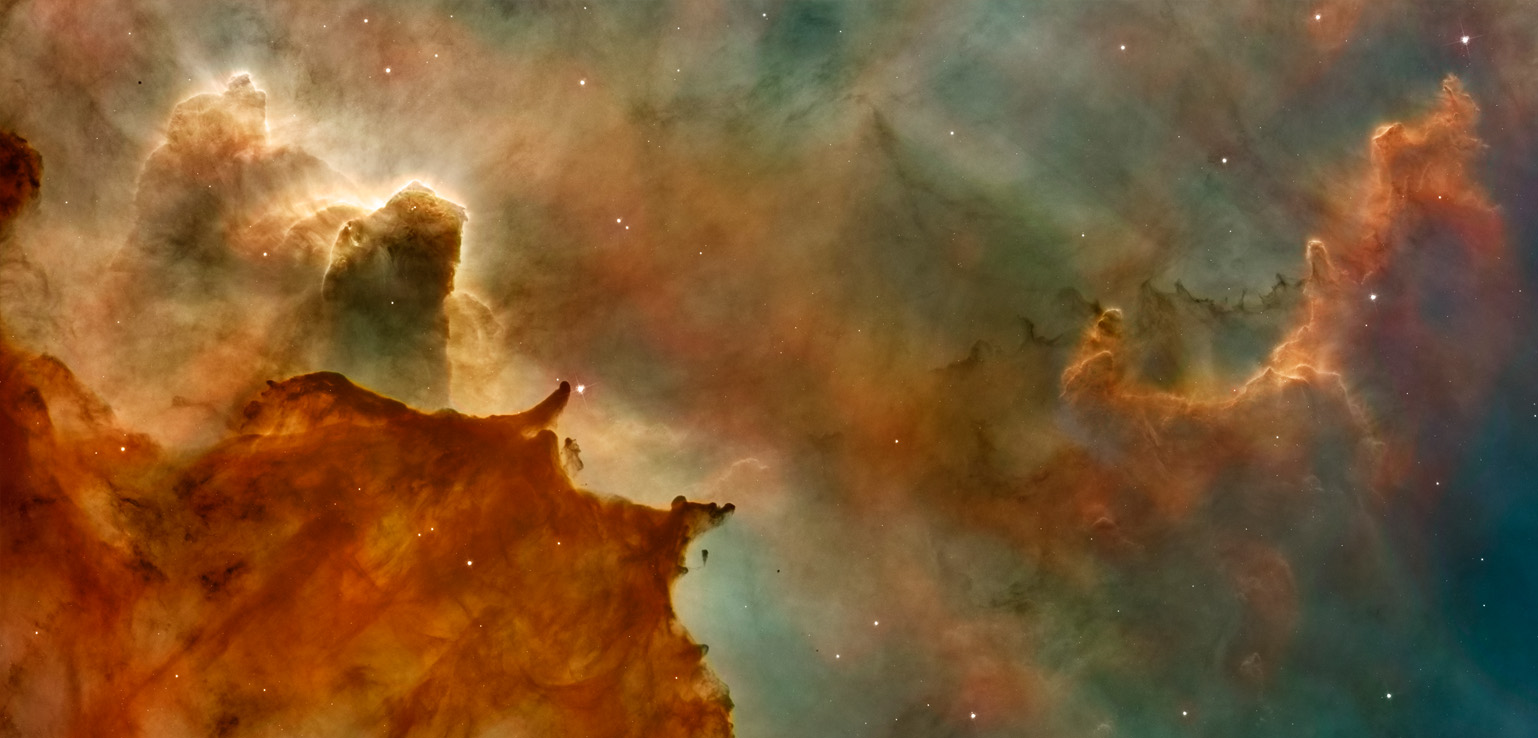“Lunar Flashlight: Mapping Lunar Surface Volatiles Using A Cubesat”
Summary
Lunar Flashlight is an exciting new mission concept in preformulation studies for NASA’s Advanced Exploration Systems (AES) by a team from the Jet Propulsion Laboratory, UCLA, and Marshall Space Flight Center. This innovative, low-cost concept will map the lunar south pole for volatiles and demonstrate several technological firsts, including being the first CubeSat to reach the Moon, the first mission to use an 80 m2 solar sail, and the first mission to use a solar sail as a reflector for science observations.
The Lunar Flashlight mission spacecraft maneuvers to its lunar polar orbit and uses its solar sail as a mirror to reflect 50 kW of sunlight down into shaded polar regions, while the on-board spectrometer measures surface reflection and composition. The Lunar Flashlight 6U spacecraft has heritage elements from multiple cubesat systems. The deployable solar sail/reflector is based on previous solar sail experiments, scaled up for this mission. The mission will demonstrate a path where 6U CubeSats could, at dramatically lower cost than previously thought possible, explore, locate and estimate size and composition of ice deposits on the Moon.
Locating ice deposits in the Moon’s permanently shadowed craters addresses one of NASA’s Strategic Knowledge Gaps (SKGs) to detect composition, quantity, distribution, form of water/H species and other volatiles associated with lunar cold traps. Polar volatile data collected by Lunar Flashlight could then ensure that targets for more expensive lander- and rover-borne measurements would include volatiles in sufficient quantity and near enough to the surface to be operationally useful.
Biography
Dr. Barbara Cohen is the Science PI for the Lunar Flashlight mission, which is managed at JPL. Dr. Cohen is a member of several SSERVI teams, including UCF’s CLASS team.
The presentation can be seen here.
View Presentation
